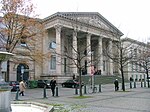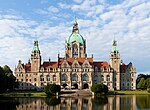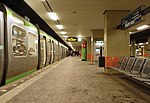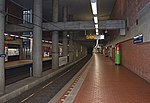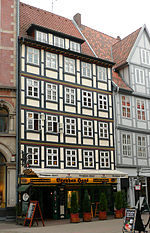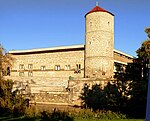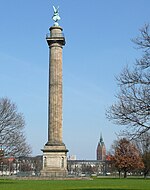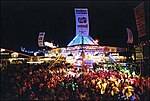Hanover (region)
1885 establishments in Germany2004 disestablishments in GermanyFormer government regions of GermanyFormer states and territories of Lower SaxonyGeography of Lower Saxony ... and 4 more
Government regions of PrussiaHanover (region)States and territories disestablished in 2004States and territories established in 1885

Hanover (German: Hannover) was a Regierungsbezirk of the German state of Lower Saxony from 1946 until 2004. It was located in the centre and the south of the state, centered on the Lower Saxon capital of Hanover.
Excerpt from the Wikipedia article Hanover (region) (License: CC BY-SA 3.0, Authors, Images).Hanover (region)
Waterloostraße, Hanover Calenberger Neustadt (Centre)
Geographical coordinates (GPS) Address Phone number Website Nearby Places Show on map
Geographical coordinates (GPS)
| Latitude | Longitude |
|---|---|
| N 52.3667 ° | E 9.7333 ° |
Address
Polizeidirektion Hannover
Waterloostraße 9
30169 Hanover, Calenberger Neustadt (Centre)
Lower Saxony, Germany
Open on Google Maps


